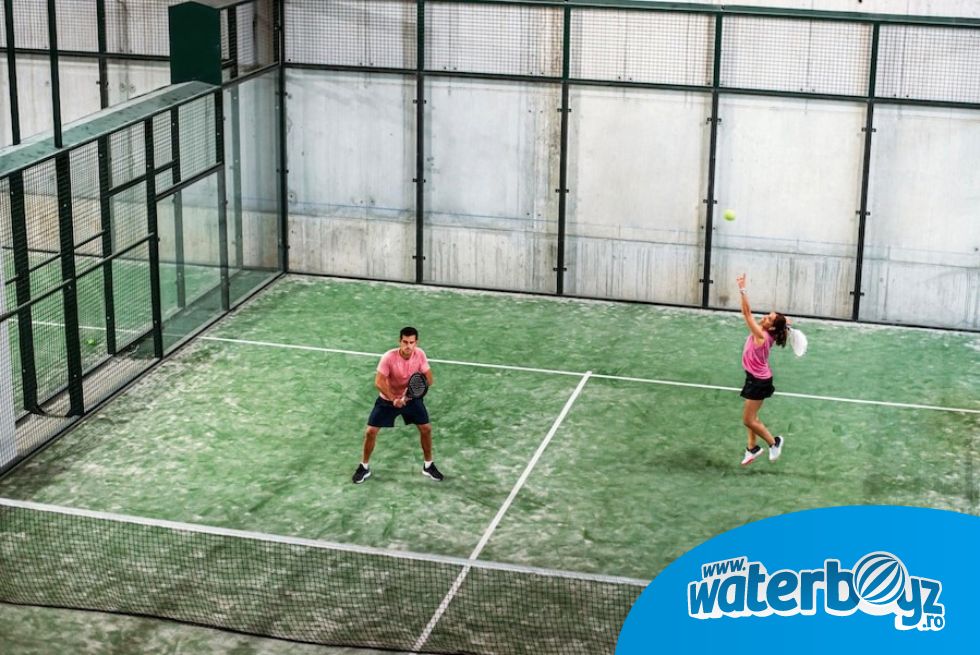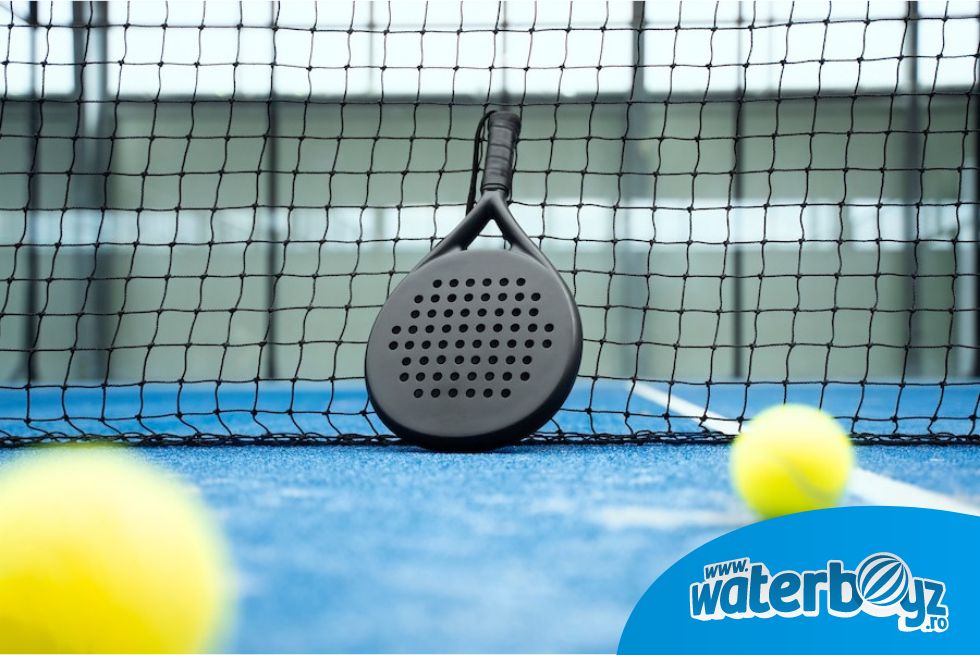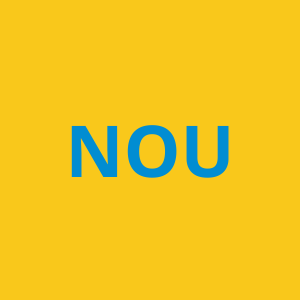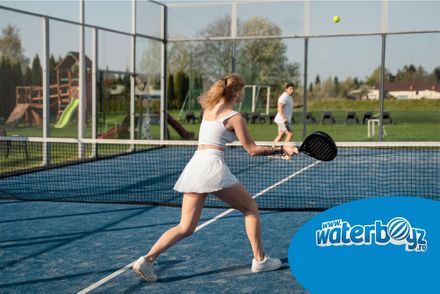Why Should You Build a Padel Court?
Tennis players have a new passion: Padel. A much more social sport, easier on the knees, a combination of tennis and squash, a sport that has convinced homeowners to install padel courts on their properties, including Messi.
What is Padel?
Padel (or Padel tennis) is a blend of tennis and squash, a racket sport that combines action with social interaction and fun. It's an ideal game for all ages and abilities, as points are won through strategy rather than strength and power.
Padel is played in doubles on a glass-enclosed court with a net and requires only half the surface of a regular-sized tennis court. The game is easy to learn, making it great for families as it can be played with mixed skill levels.
History of Padel
The stories of its origins vary, but many believe that the game was invented in Mexico in the late 1960s by businessman Enrique Corcuera, who established the first padel court in the backyard of his vacation home.
Since then, the sport has grown rapidly and today is considered one of the fastest-growing sports in the world. It's clear that this sport has captured the hearts of millions of players, including fans like Andy Murray, David Beckham, and even Rafael Nadal.
Messi enjoys playing it so much that he has installed a padel court in his backyard, and his fellow footballer Zlatan Ibrahimovich has opened an entire chain of Padel Zenter clubs in Sweden. Today, Spain is the dominant country with over 20,000 padel courts and four million active players.
Rules of Padel
Starting to play Padel is easy, especially if you have knowledge of tennis.
- It's played only in doubles.
- The scoring is the same as in tennis.
- The serve is executed by letting the ball bounce first on the ground and then hitting it under waist level.
- You can use the glass walls to bounce the ball into the opponent's court.
- The ball must touch the ground before hitting the glass walls.


What to Consider When Setting Up a Padel Court?
Padel, the sport that has captured the world in record time, is experiencing a growing trend. An increasing number of private and public sports centers are building padel courts, and even sports apparel brands like Adidas, Joma, or Asics are investing more in this sport. In fact, by 2024, padel might even be included in the Paris Olympic Games!
But let's see what you need to consider if you've decided to set up such a court:
Cost of Building a Padel Court
As enthusiasts of the sport, we offer two types of padel courts to meet all requirements, developed according to player benefits and international standards. The Waterboyz Padel Court costs between €21,000 and €23,000, depending on the model, configuration, and order quantity. Take advantage of the rapid rise of this sport and build a high-standard padel court suitable for hotels, sports centers, and private grounds.
Location and Space Requirements for a Padel Court
If you're concerned about where to place a padel court, you can relax. As a sport for all ages, you can build a padel court near office buildings, schools, colleges, parks, and shopping centers.
Padel doesn't require much space; the courts are usually 20 meters long, 10 meters wide, with 3-meter-high walls. Because a padel court is half the size of a tennis court, if you have a property the size of a tennis court and build two padel courts on it, it's already a profitable venture.
Types of Padel Courts
There are various types of padel courts, both indoor and outdoor, with different types of synthetic grass. The most common are panoramic or classic courts.
If you've decided to set up such a court, don't get lost in overly complicated calculations. Waterboyz Romania is here to support you with consulting and will handle delivering a turnkey padel court tailored to your needs. Here are our options:
Classic Padel Court
The easiest to install, suitable for residential communities and private sports clubs seeking a low investment.
Panoramic Padel Court
A superior range without posts in the glass area, ensuring good visibility for spectators. The glass is 12 mm compared to the 10 mm in the Classic model.
Types of Synthetic Grass
Choosing synthetic grass is crucial, as it affects the game's quality, speed, and ball bounce.
A monofilament synthetic grass, textured or fibrillated on the padel court, has significant benefits such as:
• Requires little maintenance, thus saving costs significantly;
• Offers the possibility of year-round use;
• Provides optimal ball rebound and trajectory;
• Remarkable overall playing comfort.
Eco Synthetic Turf
Eco synthetic turf, fibrillated, supports the ball's natural bounce and trajectory, crucial in this sport. The ball needs a natural movement, which is why Eco artificial grass was created with this aspect in mind. It's a versatile, accessible grass used especially by amateur padel or tennis players. The top layer of silica sand complements the fibrillated texture of Eco grass and significantly enhances the match.
Pro Synthetic Turf
Pro synthetic turf is made from textured monofilament fibers, which have gained popularity recently. After extensive research and development processes, textured monofilament fiber grass has become the preferred product, especially for professional courts. It withstands intense usage and provides the perfect balance between grip and slip.
Classic Synthetic Turf
Classic monofilament synthetic turf with straight fibers offers a pleasant appearance and quality for Padel courts, but as the fibers are stiffer, they stay straight and slightly slow down the ball. If you need synthetic grass for intensive use, we recommend Pro synthetic grass.
Lighting
Lighting is a factor that will increase your padel club's revenue. Extending your rental hours will boost income, and your investment will pay off more quickly. Because lighting is so crucial, especially for evening matches and indoor courts, Waterboyz Romania ensures a 200W LED lighting system at the highest possible standards.
How Profitable Is a Padel Court?
Padel is a business idea with highly attractive profit potential. In a very short time since its introduction to Romania, padel courts are already found throughout the country.
Some of the main advantages:
• Novelty: It's a trending sport with international coverage.
• Investment has a quick recovery and easily translates into profit.
• It caters to a very broad audience, from children to seniors.
• If covered, a padel court remains active regardless of the season, leading to substantial earnings.
In addition to the revenue generated from court rentals, the glass enclosure brings extra profit through its use as advertising space. Courses and sports competitions also bring additional income.
But let's see how profitable a padel court is:
The average rental price for a court is around 20 Euros per hour, and renting it monthly (8 hours/day, 15 days/month) yields an income of (20 * 8 * 15) 2400 Euros. Broadly, profitability is calculated as the ratio between the rental income and the cost of the court, expressed as a percentage. For a padel court costing 26,000 Euros, with monthly rental income of 2400 Euros and rented only 6 months/year, the profitability is (2400 * 6 months) / 26,000, which is 55.38%. To determine the investment payback period, we reverse the ratio by dividing the court value by the annual income: 26,000 / 14,400, revealing that it will take less than 2 years to recoup the investment.
*This is an indicative calculation that does not include monthly expenses and fees.
Why You Should Build a Padel Court Instead of a Tennis Court?
The answer is straightforward: the court size.
A padel court only requires an area of 10x20 meters, while the International Tennis Federation's recommended total surface for a tennis court is 18x37 meters – essentially double the size. This means you can install 2 padel courts in the same space as one tennis court. Therefore, there's no doubt that opting for a padel court over a tennis court will result in more than double the earnings!
No sport has achieved such success in such a short time. Combine action with social interaction and fun by acquiring a Padel court from Waterboyz for your community.






































































































































